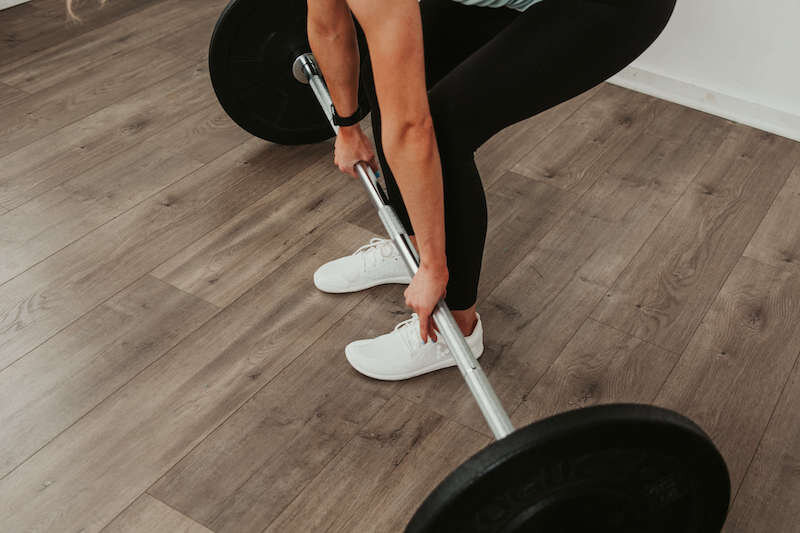I used to think I needed to switch things up in my training. This was perpetuated by the fitspos posting obscure exercises on the gram and myself looking up exercises on Pinterest trying to be fancy. Once I started studying to become a trainer and while I was doing my internship for personal training, I started to learn that these weird af exercises were not doing me much good at all, in fact, they were just weird af.
When it comes to lifting, there are primary movement patterns that translate to everyday living and will get you strong. These movements are push, pull, squat, hinge, carry and single leg stuff. These primary movement patterns are things like squats, deadlifts, lunges, rows, push ups, single sided carries. The thing is, these exercises are simple but they WORK. Don’t get caught up in all the fancy exercises you see on the gram.
First of all, if you aren’t following a program, you should at least be keeping track of the workouts you’re doing in some organized manner. Whether it’s writing your sets and reps for exercises on your phone or on a small notebook, keep track of your workouts.
If you aren’t keeping track of the weights you’re using day in and day out, how do you know you are using progressive overload?
Progressive overload is continually increasing the demands on the musculoskeletal system to make gains in muscle size, strength, and endurance. In other words, making your muscles work harder than they’re used to. This means that you can’t keep coming into the gym, doing the same workout with the same reps & sets, OVER and OVER. In order for your muscles to change, you have to give them change.
You can incorporate progressive overload into your training by:
Increasing your weight on an exercise
Increase the reps. Keeping your weight the same, increase your reps to 12 or so, once you can complete 12 reps, then up the weight.
Increase the volume (volume is sets multiplied by reps multiplied by resistance. You can do this by doing an extra set (4 sets instead of 3, or adding another set of exercises to your workout).
Increase Frequency.
If you find that a particular muscle group is weak, say, your glutes, it may be beneficial to train them more than once a week. However, caution with this one because you don’t want to OVERTRAIN.
Decrease Rest Time:
This is a good option if you’re looking to improve your to become more metabolically efficient with regard to anaerobic exercise, such as weightlifting.
Don’t go all in to all of these at once, try one at a time. Choose your approach based off of how well it aligns with your goals.






